A Beginner's Guide to Playing Bayonetta
Interested in joining Smash 4's version of 20XX? Want to jump from an average of 1-2 to 2-2 in a couple of months? Feel like annoying that one guy at your local? Well, here's where to start. Quick disclaimer: this is a beginner's guide to Bayo, so if you already main her, you might not get too much, if anything, out of this article. If you're just looking to pick her up, this is a good place to start.
Part 1: Neutral
One of the toughest things for starting with Bayo is learning the neutral. Yes, the combos are fun and satisfying, but just like in real sports, you need the fundamentals first. I'll begin with addressing one of the most common things: Heel Slide. This is one of the most important things to know: It isn't as good as it looks. Many low-level Bayos, and even good Bayos when they're nervous, will overuse this move. Don't. It may start combos nicely, but it is very punishable with a simple shield grab or other OoS option (Getting Luigi up-b'd OoS two or three times against Shel is what hammered this home for me). It should only be used in one of two instances: punishing a landing, or as a mix-up. It's high-risk, high-reward, but a ton of her moves are high-reward, so it'd not worth using often. With that major thing of what not to do out of the way, let's get into what you should do. The main thing that's important: camp. If camping isn't for you, Bayo might not be for you. Yes, she can be played aggressive, but it's very suboptimal. Take Salem: one of the best players in the world, and one of the most campy. Bayo is just one of those characters who is best played absurdly defensive, and that's just how she is. Basically, if you have a percent lead, there is very little reason to approach. Sit back, use bullets, and wait for them to come to you. As for how to do this, there's three types of bullets to use for the most part. First, nair. It has amazing range, hits in front of her, behind her, and in front at a downwards ~30o angle. This an unbelievably good camping tool, and should be your go-to option for camping. Secondly, down tilt. This has pros and cons. It only hits on the ground, albeit with good range (about half the size of an average stage). The main pro is that it deals more damage than nair, about 10% if you hit all of the hits. The main con, however, is that it takes a while to stop (to be precise, 18 frames). That might not seem like a lot, but when you're comparing it to a nair with 8 frames and a chance to autocancel, it's a big difference. Nair is in most situations a better option, but there is one main scenario where dtilt is preferred: if they are on the ground doing something. These include charging projectiles, charging Limit, Diddy pulling banana, Olimar pulling Pikmin, etc. One other reason for dtilt is if you want to hold crouch to be wary of projectiles (i.e. Mega Man's lemons or Robin's Thunder), but still want to tack on some damage. Down tilt non-bullets is very useful, but Part 3 will cover that more. The last, most situational bullet type, is Bullet Climax, the neutral-b. If your opponent is tall, this can be very good. Characters like Ganon, Dedede, Robin, and other big/slow characters are really killed by this, but anyone fast and/or small can punish you easily. There is one exception to this rule, however: Lylat. When tilted most or all the way, Bullet Climax will go at a perfect angle, matching the tilt. It is very annoying for the opponent to deal with, but they can jump on platforms to wait out the tilt. Despite this, it's a great option, as getting one hit all but guarantees 10+%. Of course, it's impossible to have the lead forever. Eventually, you'll fall behind and need to approach. One thing to note is that losing percent lead does not instantly mean that you need to approach. In fact, if the deficit is below 25% or so, I would recommend to keep camping, as your chip damage will add up. Simply put, it's just fine to make up a deficit in four minutes rather than getting too greedy and trying to make it up in four seconds. Whether the lead is big or time is low, eventually, it'll get to a point where you have no choice but to go in. The best option in Bayo's arsenal here is down tilt. It can pressure shield, comes out fast, and nicely combos when it hits. Up tilt is also good, but has less horizontal range than down tilt. If they're shielding too much, you can grab and look for a follow-up there (see Part 4, Section 3). For platforms, up tilt or up air are great options for sharking. If you are the one on the platforms, you can look for a Witch Time if they try to catch you with a quick up air, an up-b OoS if they're unsafely attacking, or simply drop down, perhaps with a nair. In general, your attacking plan should be a bunch of down tilt and up tilt, get a combo off it when you get one, and then retreat again once it settles back out of advantage. Things like jab or ftilt are situationally good, but it's not that often. As for smashes, in general, no. All of her smashes are laggy, so unless you're punishing some laggy option of theirs, you should almost never throw them out.
Part 2: Witch Time
I decided to give this one move its own part simply because of how much relates to it. I'll start with when to throw it out, then punishes. For throwing it out, there are a number of techniques to hit it more often, but the main thing is to make sure you're not getting predictable. For the most part, the character of your opponent will tell you how to use it. A Falcon is fast-falling towards you? Might want to Witch Time, as an up air is likely. A Diddy rushes to cover your landing? Well, you might not want to, as he'll likely grab. Make sure you have at least a general idea of the range in which projectiles will trigger it, which is not that big. In general, if you feel like an close-range attack will come out, Witch Time instead of shielding every so often. I say "every so often," because spamming it is one of the worst things you can do. Each use reduces the time by 75 frames (95 if it hits), so spamming it is very poor. Instead, you will most likely want to use it once every around 10 seconds if you want it to stay charged enough to get a good punish. For max charge, it take just over 21 seconds between uses. (For more on the technical side of Witch Time, see this page.) Anyway, back to situations. One way to get a good amount of Witch Time is to make yourself look vulnerable. It starts a disgusting frame 5 (with Bat Within on 1-4), so this is a very good technique. Some examples of how to do this are to ABK unsafely onstage, and then immediately use it. Another common way to set it up is to use an onstage Witch Twist, which is obviously great if it hits, then use it as they attempt to punish it. Here's an example of me getting this particular setup in a tournament match, against a strong player, proving its efficiency. Aside from that, there isn't too much. It's not like you can combo into it per say, so hitting it is all about reads. With all of that about getting it to hit done, let's move into what to do after you hit it. All of these setups I will talk about are assuming it is max or at least close to max charge. If it's low, you might just want to go straight for a smash at kill percents, or a dtilt/utilt at low-mid percents.
Setup 1: Side/Down/Up Tilt --> Up smash
This is the most basic punish. If they are at kill percents (70-80%+ for most characters on most stages, could change with weight/blastlines/rage/etc.), simply use one tilt and fully charge up smash. All three work just fine, but some might work better in certain situations. For example, if you're not fully sure that it will kill, you'll want to use down tilt, as it will pop them up a bit. If they are above you, you should go with up tilt to make sure it hits. If you know it will kill, you should use side tilt, so that there isn't much of a chance to miss it from them going too high.
Setup 2: Other --> Up smash
If they're at kill percents, up smash is the goal. Depending on the scenario, there are a couple of things that could work best. First, if the Witch Time was hit up in the air, so that you'll need to push them towards a platform, nair is a good option. Here's an example of using nair to push them (just imagine I faced the right way with the up smash :P). If you are looking for some style points, Heel Slide can also work, but you'll have to calculate where they'll be when the up smash is fully charged. This setup is difficult, so this is not recommended for a beginning Bayo.
Setup 3: Heel Slide/Side Tilt --> Down smash
This is a tricky one to get down, but very useful. If they around 40-70% and near the edge, it's optimal to push them offstage and charge a down smash. The most common option is Heel Slide. There are two tricky parts with this. First, it's tough to gauge how to get to the other side if you are at the ledge. This may sound silly, but it's a legitimate issue. Based on what move you Witch Timed, you might be able to just run past them, but you might need to jump over them. This will just come with time on recognizing it, but if you're scared, jumping is almost always safer. If they are at the ledge, side tilt can also work to put them offstage. You might need more than one, but once they're offstage, you can charge away. Here's an example of the down smash setup, where he was safe to run straight through.
Setup 4: Up/Down tilt --> Up tilt --> Up tilt --> ...
Well, not every Witch Time can be at kill percents. Sometimes, the best thing you can get is up tilt after up tilt. A down tilt can also be a good starter, but utilt works just as well. Through a max charge, you can get at least three or four up tilts in. When the time is about to expire, go for an up-b and start a combo. With Bayo's combos, that might just be a kill anyway. Here's an example of that, started by the strategy of looking vulnerable to get the Witch Time.
Part 3: Combos
Easily the most important thing to playing Bayo: her combos. It's what separates a bad Bayo from a decent Bayo, and a great Bayo from an amazing Bayo. There are layers upon layers of complexity, so let's start from the ground up. First up: how to get the first move. Thanks to Bayo being, well, Bayo, many moves can start combos. In fact, probably half of her moves can combo into something at low percents. I'll go over four of the most common setups, not including a Witch Time.
Combo starter 1: Down/Up tilt
Down tilt specifically is one of Bayo's best options in neutral. With a hitbox coming out frame 7, and FAF frame 27, it's a menace. On some characters, it's safe on shield if spaced right. Hitting it will yield great results, and since it doesn't have an SDI multiplier, it's easy to follow up. At low/mid percents, it will combo into one of three things: ABK (Afterburner Kick, which will here and on be abbreviated), up-b, or fair. ABK and up-b do fundamentally the same thing, which is leading into the meat of the combo, but fair is the most versatile and useful, as you'll read in its own section. Up tilt most commonly combos into up-b, but can lead to up air at mid percents. At high percents, fair and ABK stop connecting, so you'll most likely be left with just up-b. At very high percents (125%+), dtilt and utilt start doing something interesting. They can link (I say link, as it's a 50-50, not a true combo) into an up air, which will kill at that percent. If you think they won't airdodge, up air. If you think they will, you can do a quick RAR and bair to punish the airdodge.
Combo starter 2: Fair
Fair is a great move to pressure a shield, as it bounces you up a bit, and it's largely safe. You have several options after hitting a fair. First off, you can simply finish all three hits to rack some simple, safe damage. Secondly, you can use an ABK or up-b and start the combo from there. The last option only works against fastfallers, but you can link fair 1 into itself repeatedly. It's difficult, but very doable. This can take them off the side, and since it doesn't have an SDI multiplier, is a great option if you can get it. Here's an example of this, killing from an absurd 10%.
Combo starter 3: Up-b
Witch Twist is also a great option for starting combos. Since it comes out frame 4, it is a phenomenal OoS option. It can also be used to shark if spaced right, but up air is usually a better option for this. OoS is the main use of this move on the ground, but it can also be used to great effect in the air, specifically if you hit them while you're recovering.
Combo starter 4: ABK
Not too much to say about this one, but it's important enough to mention. The great range and hitbox of this move makes it a great anti-air, and it can easily lead to follow-ups.
That's it for the most common combo starters. As I said before, other things can link to combos (uair, nair, ftilt, and some more), but these are the most useful. So now you've got the combo started, so how should you follow up? This is where it gets complicated. If they're not using SDI at all, you can basically do all the specials in any order you want, just react to the DI. When they start with SDI, that's where it gets complicated. I won't go into too much detail with this, as this is still a beginner's guide. The basic principle is that if they end up to the side of you, use ABK, and if they end up above you, use up-b. It goes very deep with things like fair cross-ups and unconventional finishers like dair, but I won't go into that too much. One unconventional finisher that is still important is if they're at the side of you so that up-b won't hit, but you're out of ABKs. Here, depending on which side the opponent is on, fair (all hits) or bair is your best option.
Part 4: Misc.
The things listed in this section have no real connection to the above parts but are important, but not enough to warrant their own part.
1) Handling Criticism
This is definitely the biggest disincentive for someone looking to play Bayo. If you play Bayo, there are things you have to accept, and that's just how it is. Let's be honest: If you're not either a Bayo player or from Florida, there's a good chance you're not rooting for Salem. You won't be the crowd favorite. Unless you have a strong local crowd behind you, there's an extremely good chance the crowd is against you. Headphones can help with this, whether you're listening to music or game audio. Of course, not all hate can be taken out with headphones. It's tough, but the best way to get by is to just let it roll of you. As cliché as it sounds, don't give in to peer pressure. A good way to handle it is to accept it: You play Bayo, you're getting carried. It's a fact, from the lowest level all the way up to Salem. Bayo, and all top tiers for that matter, carry players. If you can say "Yep, I know" to the haters, it can make a world of difference. I'll say it once, and I'll say it again: Bayo is stupid, braindead, free, and all that. If you can show the world your skill, your character choice is irrelevant. Just know in your heart that you are truly good, and brush off the hate. Or, if you can't do that, be like CaptainZack and dance in the face of the haters.
2) Triple Jump
I didn't want to include this in the Combos section because it isn't really needed for beginners. Eventually, as you become better, you'll need to learn new techniques. Triple jump is the most prevalent of these new techniques you'll want to learn. To do it, you must jump, then instantly push up-b. There's a tutorial of this in the Resources section, so if you want more, go there.
3) Grabs
This is quite important, but it didn't seem big enough to get its own section. Bayo's grab game isn't amazing, but it's nothing to scoff at. If the opponent is worriedly shielding, looking to avoid a dtilt or something of the like, grabs can be a good mix-up. Down throw can lead to a down tilt at very low percents (>20%). It isn't true, but works well if they're not expecting to shield on landing. If they airdodge, you can get them with a second down tilt. From 20% to about 50%, up throw can nicely lead to a nair, fair, or up-b; just pick whichever looks like it'll work the best. Nair is best towards the lower end of that range, fair or up-b later on. At high percents, uthrow leads to a 50-50 with up air, which can kill if percents are high enough (~140%+). At that same percent, fthrow can start killing if they are by the edge. Above 180% or so, down throw will kill from anywhere on the stage, so that makes for a decent last resort kill option.
4) Recovery
Bayo's recovery is phenomenal, but you can't be careless. Her ABK and up-b have big hitboxes, and she can do them in several different orders. The main thing to do here is to stay unpredictable. One of the most common low-level Bayo specialties is always using an ABK instantly to ledge. This isn't bad per say, but it's one of many options at your disposal, so don't just fully rely on it. In addition to those three specials, you can mix in quick fairs or up airs to keep edgeguarders at bay. Speaking of edgeguarders...
5) Edgeguarding
One of Bayo's most underrated strengths is her edgeguarding. Her edgeguards are superb, mostly stemming from one move: nair. By holding bullets with nair, you can get a disjointed move that stays out for as long as you need it to. Simply holding A can net you some great gimps. As long as you can see where they're going, it's free. You can even do two from one set of jumps for extra pressure. Aside from nair, dair is a difficult but very powerful option. It is high risk, as it can lead to an SD if done carelessly. If you can hit it, however, it can kill at ridiculous percents. Another good move to use is Witch Twist. It has a huge hitbox to snuff out their recovery, and can combo into fairs to push them even further away. One last, situational option is Witch Time. If the opposing recovery has a big hitbox, you can hit an easy Witch Time, followed with anything you want, possibly a dair spike. One specific instance where this is very helpful is Ness. As you probably know, if he hits someone with PK Thunder 2, he covers less distance. The tricky thing is that if it hits Witch Time, this same effect is applied. Bayo doesn't have great ledgeguarding, but if you read a jump or neutral getup, you can dair, which will kill fairly early. Here's an example of this.
Part 5: Resources
That just about sums up my beginner's guide to Bayo. Here are some links to further information.
1) http://kuroganehammer.com/smash4/bayonetta
Kurogane Hammer, for frame data. You surely already know of it, but it's important to note.
2) https://www.ssbwiki.com/Bayonetta_(SSB4)
A good amount of useful information can be found here.
3) https://smashboards.com/threads/bayonetta-hitbox-visualization.435127/
A visualization of all of Bayo's moves. You never know when you might need it.
4) https://discordapp.com/invite/0hnEtng5sDAInh0c
Probably the most important of these resources: the Bayo Discord. Look here for information, friendlies, everything you might want.
5) https://www.youtube.com/watch?v=XJXHuWQMNmM
A guide to triple jump. Very helpful, in fact, it was this same video that taught me.
Well, that's it. This has been the longest blog I've ever written, so I'd love any and all feedback. As always, you can keep up with my goings-on at my Twitter @CTQ_SSB. For now, I bid adieu, and may your opponents be ever salty.
This blog post was written by a SSB World community member. Share your Smash 4 knowledge by creating your own blog post now.
You must log in to comment.


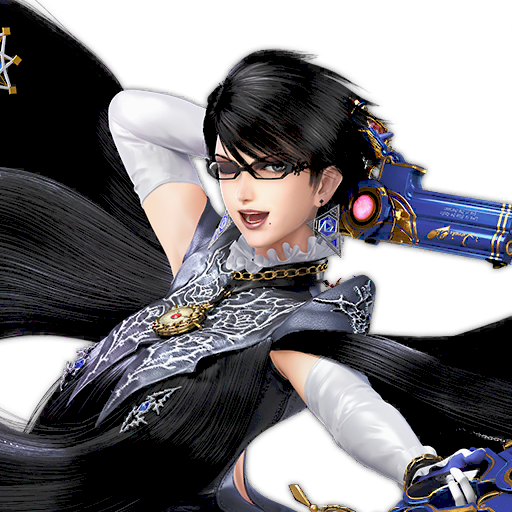
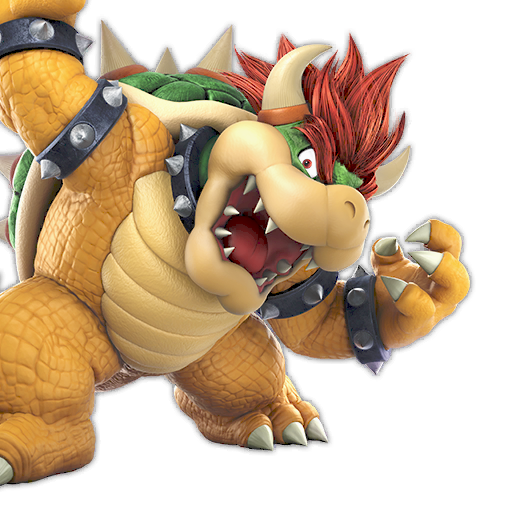

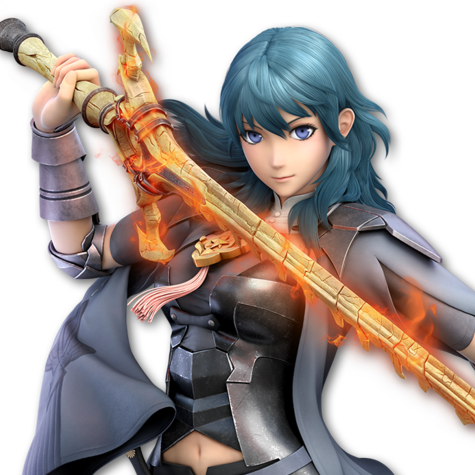
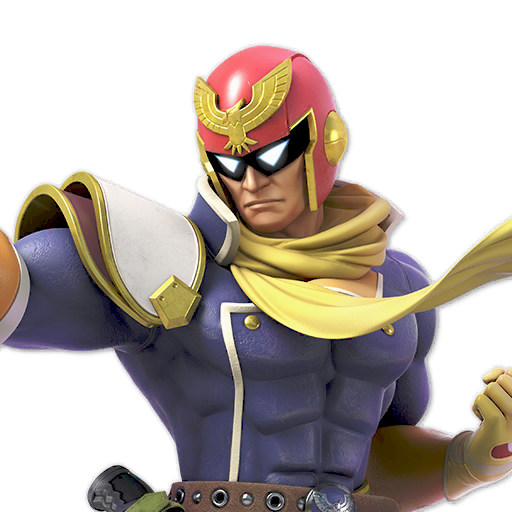

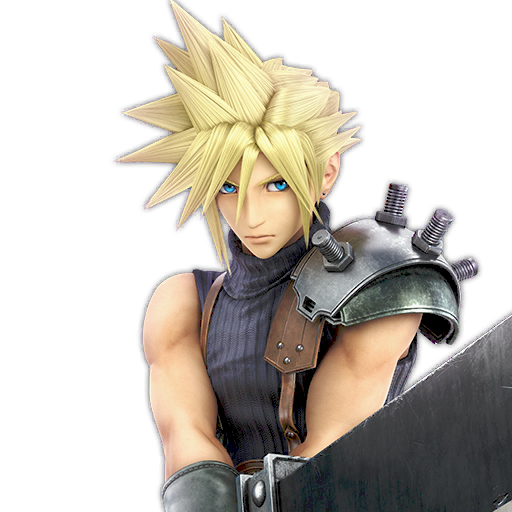
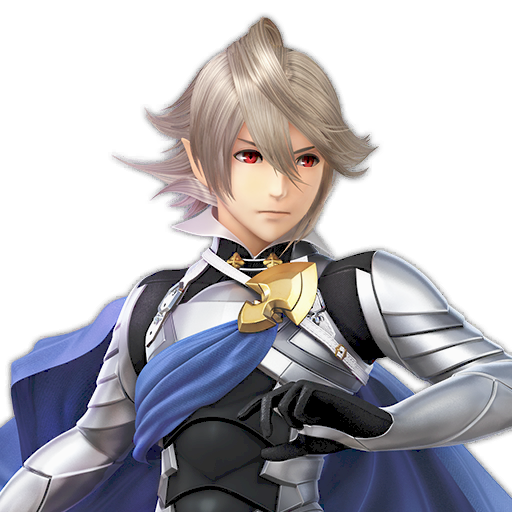

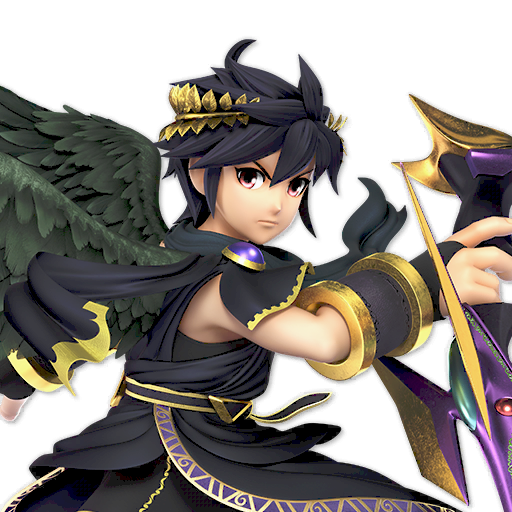
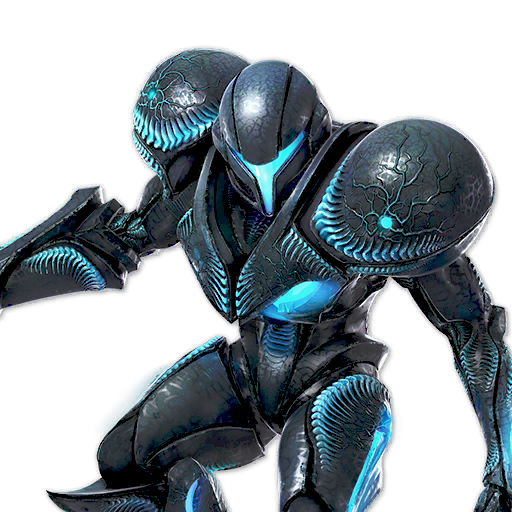




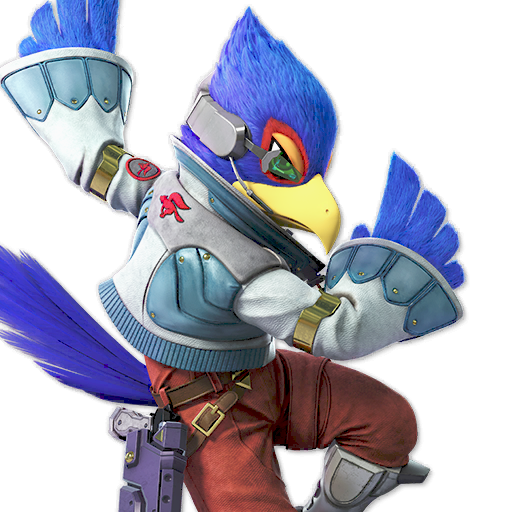

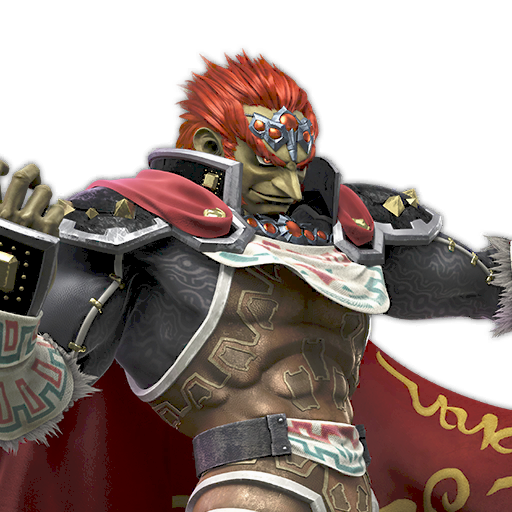
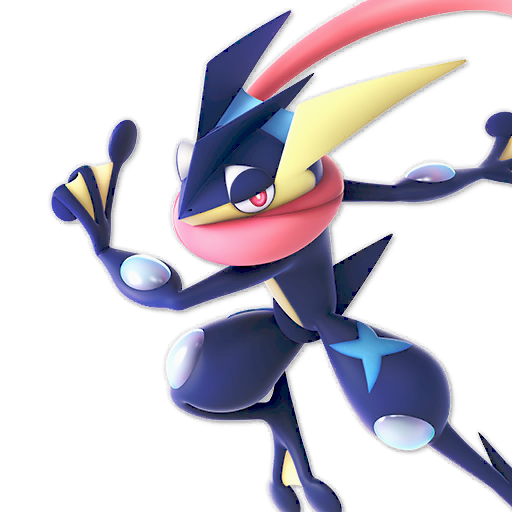


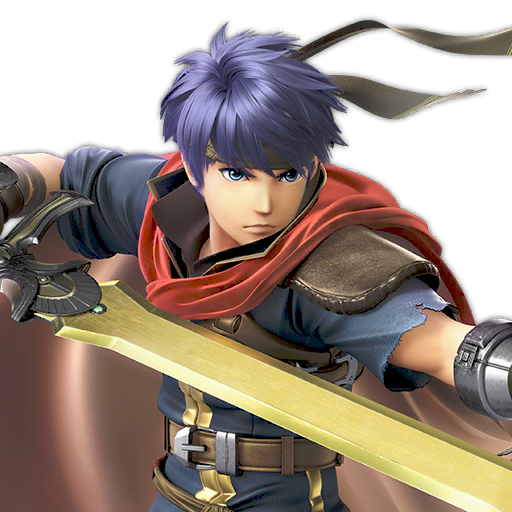
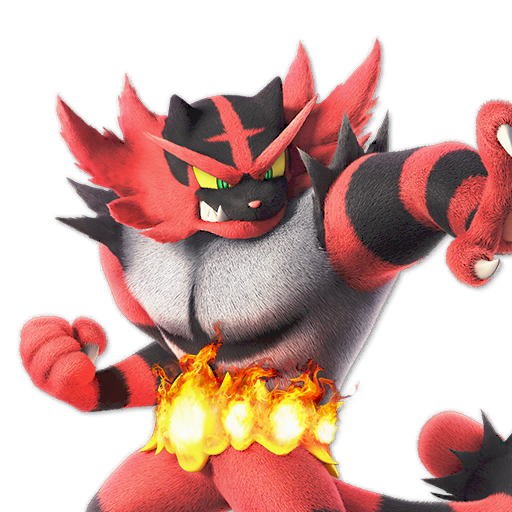








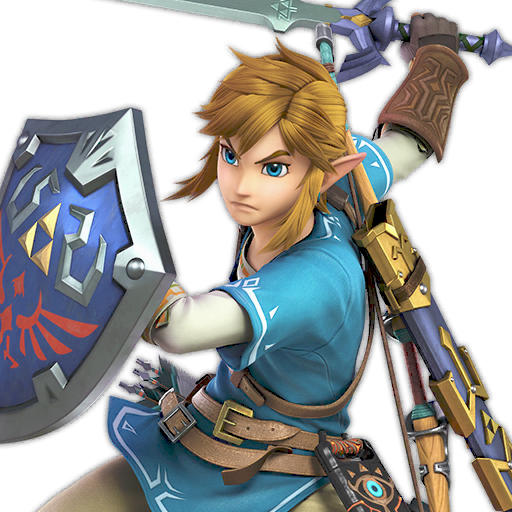



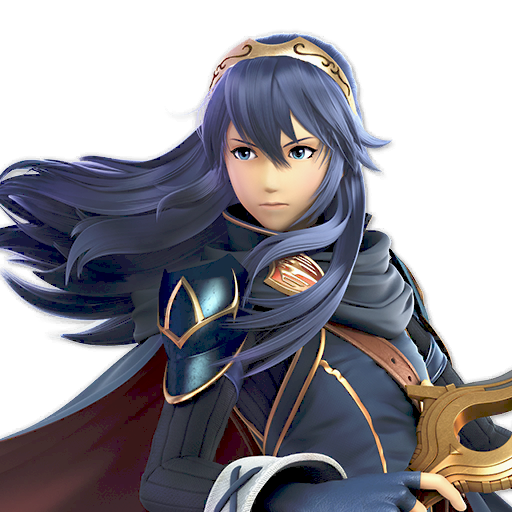


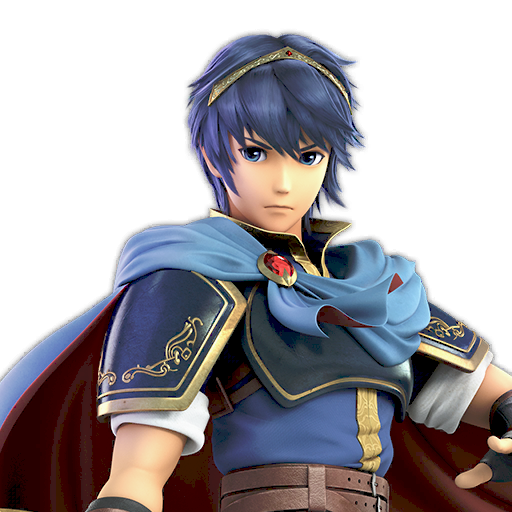
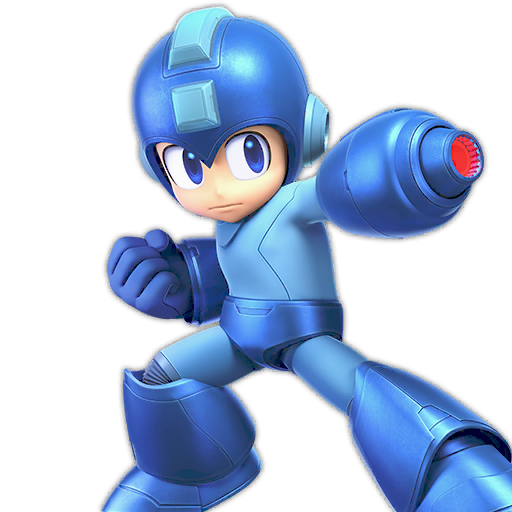
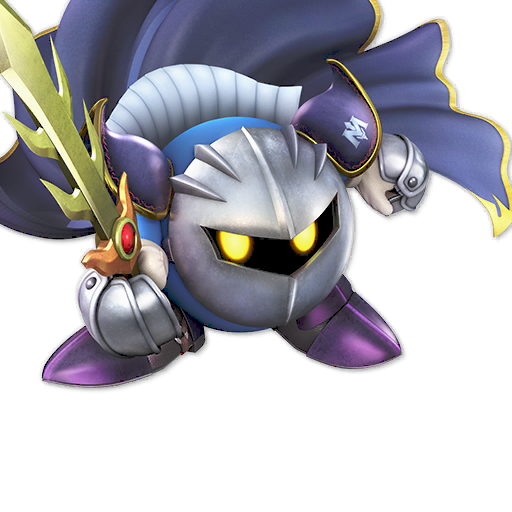
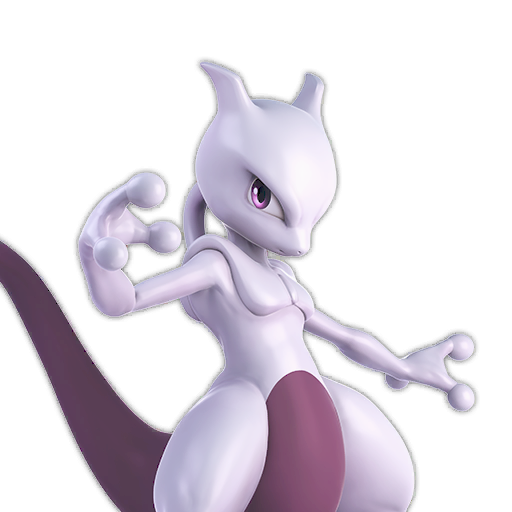
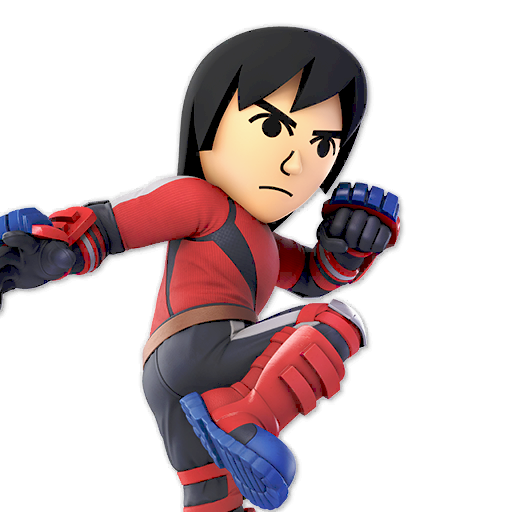
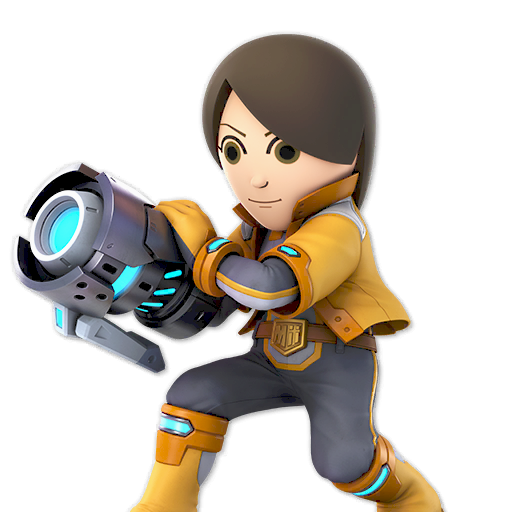
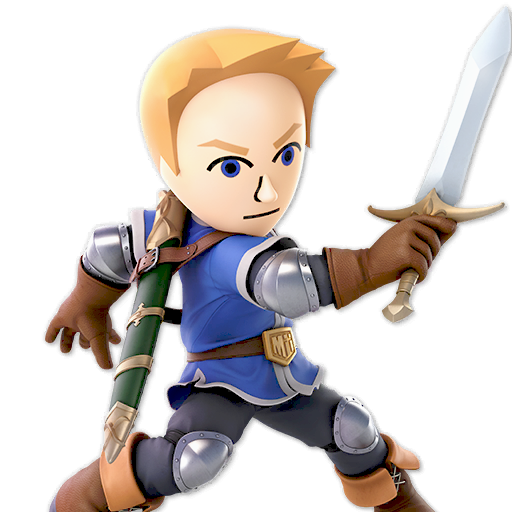
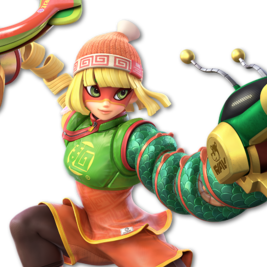
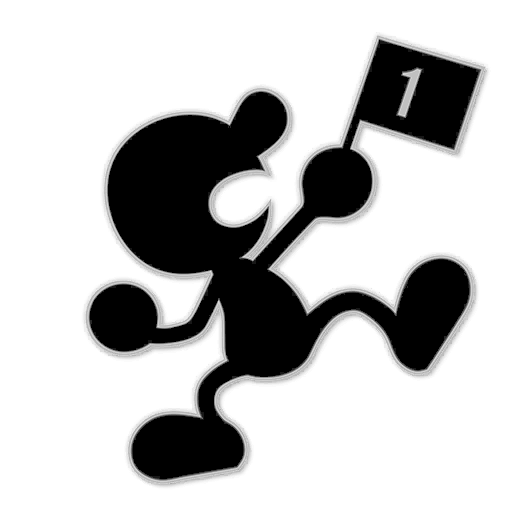
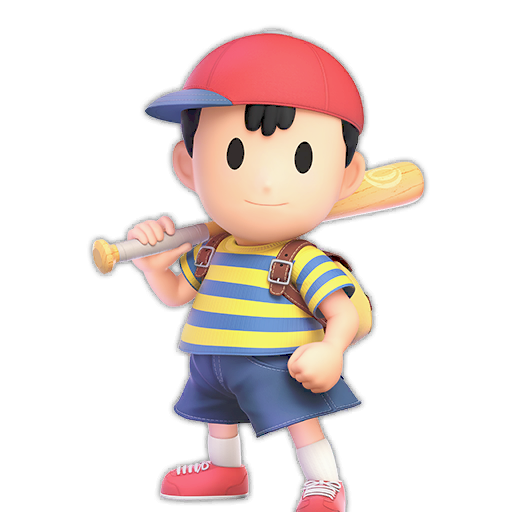







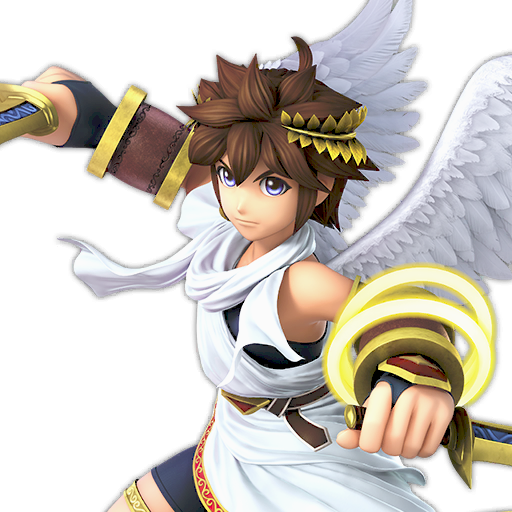
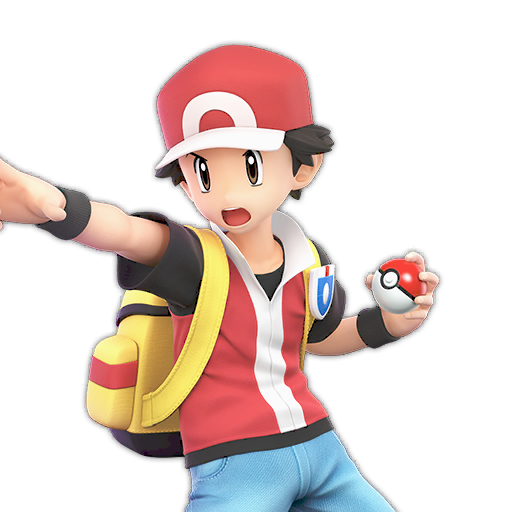


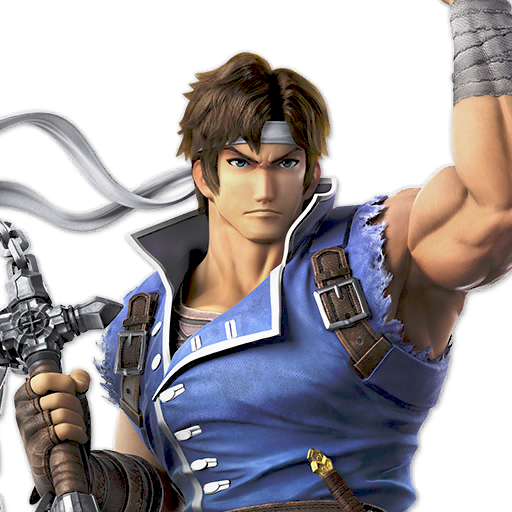
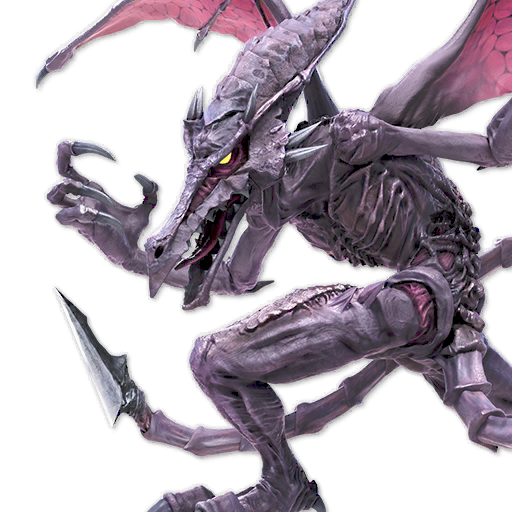


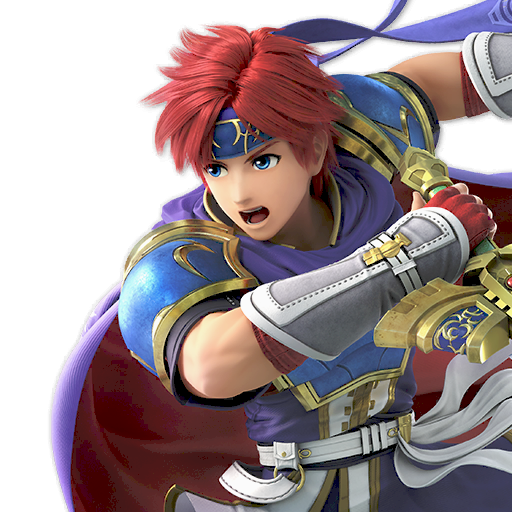
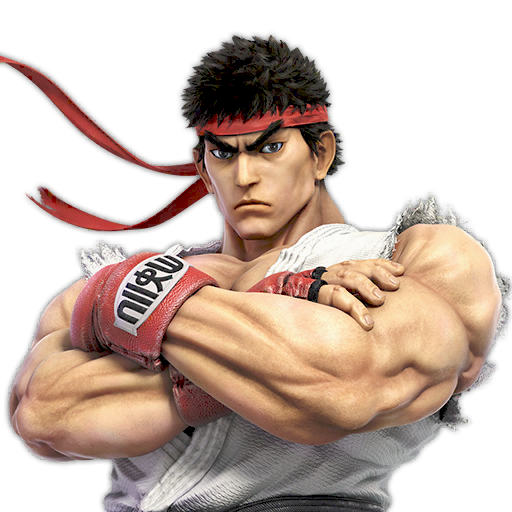
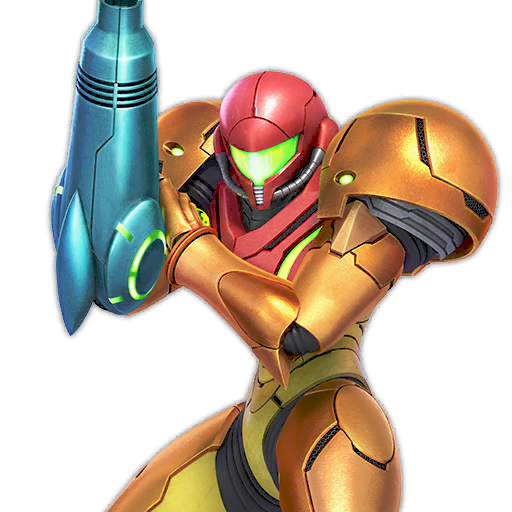

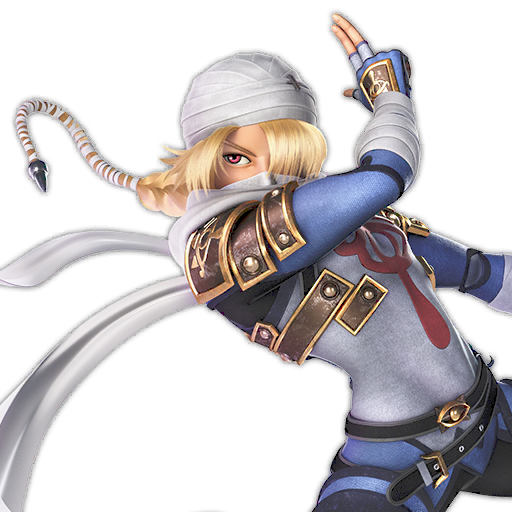
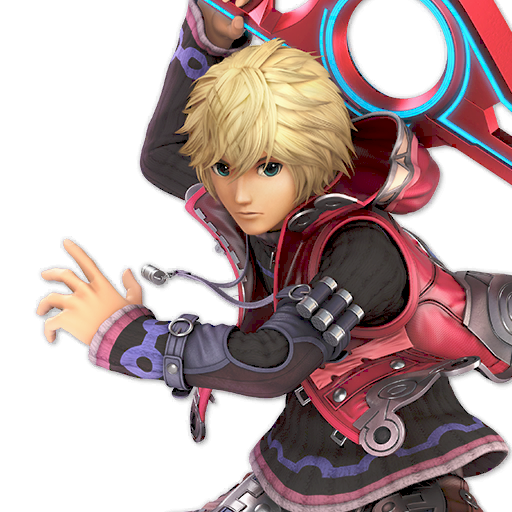
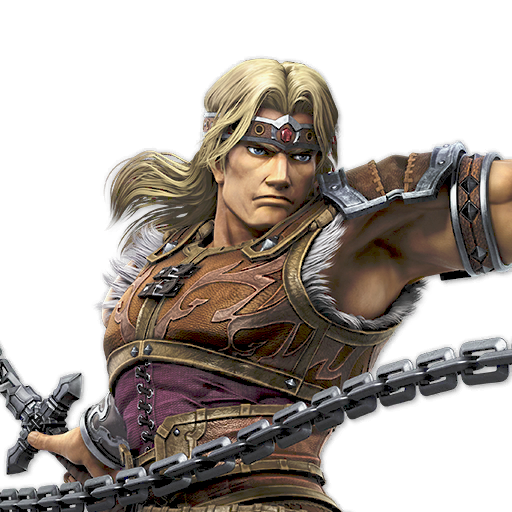
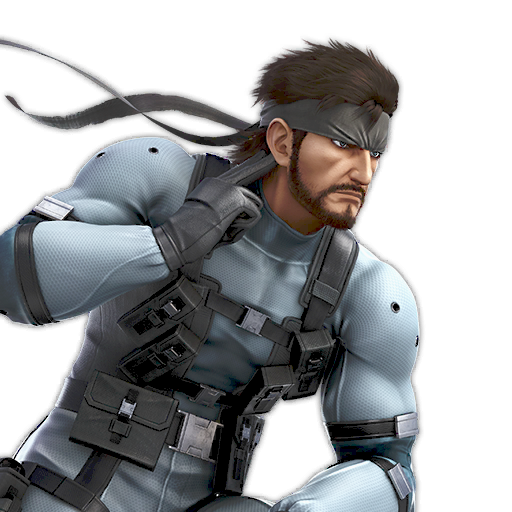
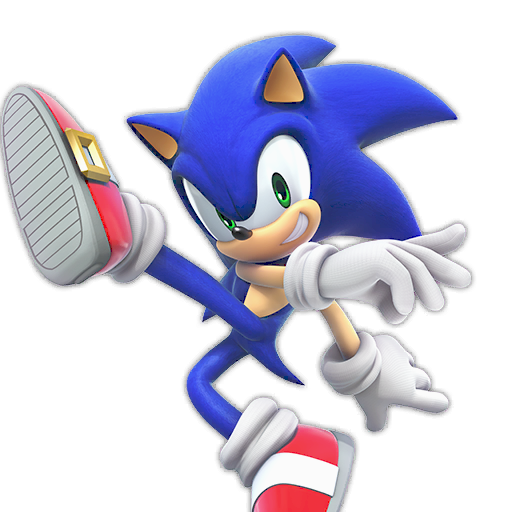


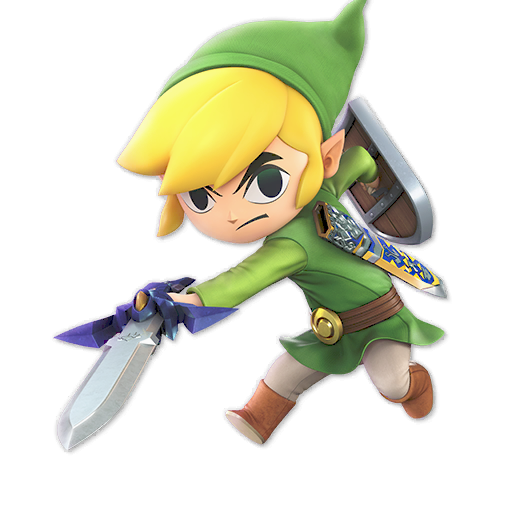
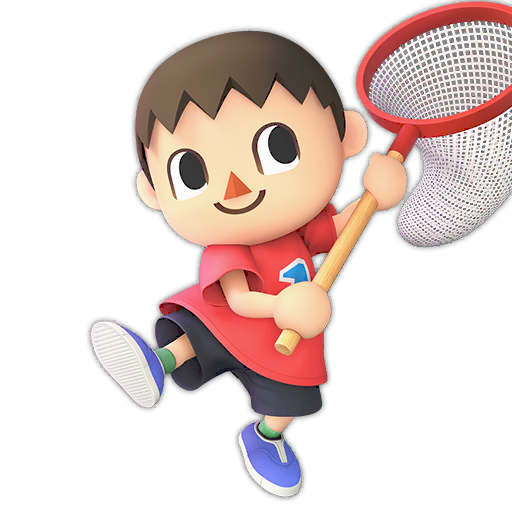

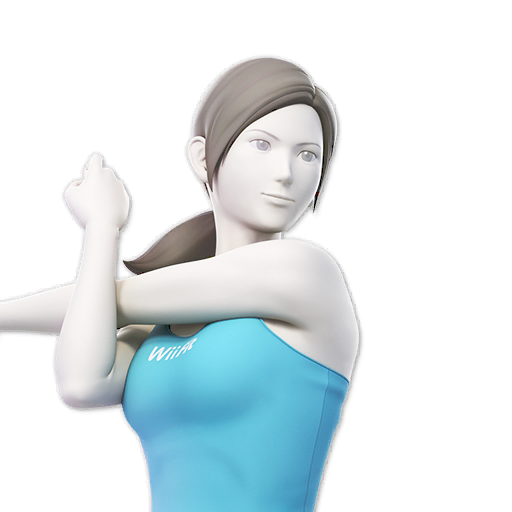


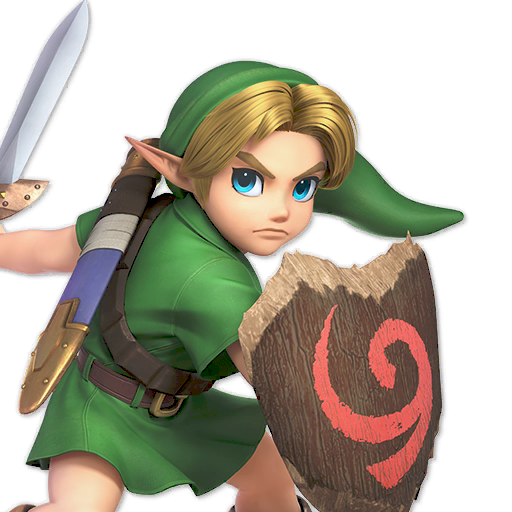
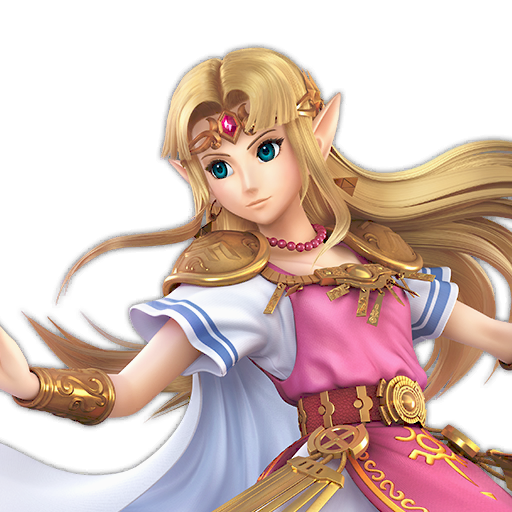
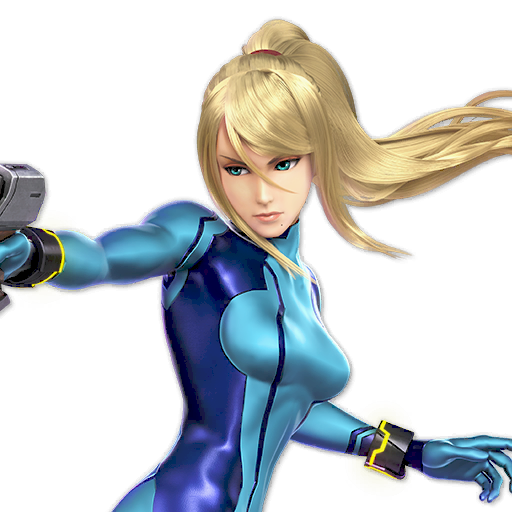
Comments